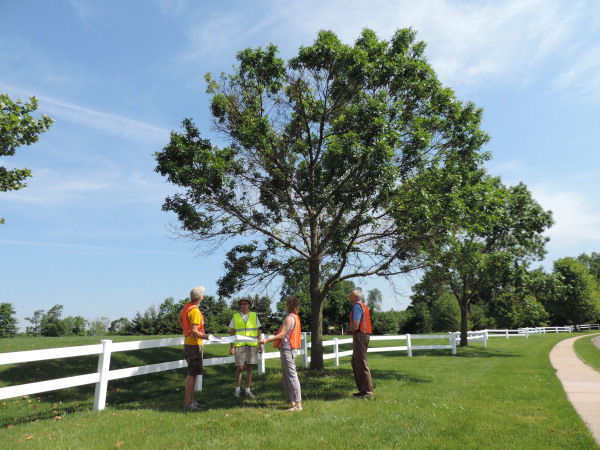Members from the Hopewell Township Environmental Commission are planning to conduct an ash tree inventory on township-owned land and within the rights-of-way of township roads during the summer months.
Members will be out on foot, bicycle, or car, noting the location, size and general condition of ash trees.
“If you see someone wearing a safety vest walking around with a clipboard, map and binoculars, looking at the trees, it’s probably us,” said a release from the commission.
The emerald ash borer has reached the area and is infesting trees. Larvae from the invasive emerald green beetle gorge themselves on the cambium layer beneath the bark and effectively cut off the supply of life-giving water and nutrients to the tree.
The ash tree’s natural defenses are too slow to react to the onslaught of the unrecognized “invader” beetle and the trees begin to die. First signs of infestation include noticeable canopy dieback, cracked or peeling bark or excessive new growth on the lower trunk. Once infested, ash trees typically die within five years.
No ash tree is safe, as evidenced by the millions of dead trees left behind over the past decade throughout the Great Lakes and Midwest regions.
This is a serious and unavoidable problem since forests and residential properties contain ash trees. Dead ash trees also become extremely brittle and more difficult to safely remove. Since tree professionals will not climb dead trees, it is best to remove them while they are still partially alive, especially if lift equipment cannot access the tree.
Property owners who may want to try and save their ash trees should consider contacting a tree care professional to learn about treatment options and their costs.

